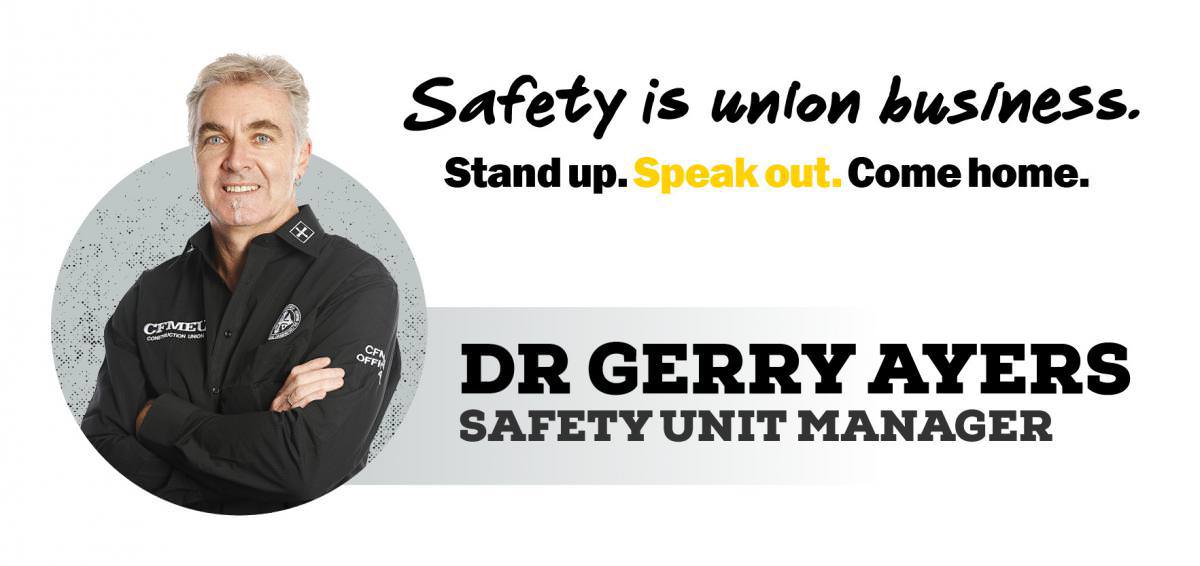I thought I’d share some ideas and reflections on risk assessments, by a man who I had the great privilege of getting to know whilst I attended Ballarat University, now known as Federation University.
Adjunct Professor David Viner, who has always been challenging, thought-provoking, intriguing and always concerned for those at the “sharp end” of the production process, once wrote: “…in employment situations, there is no underlying justification for assessing a risk as ‘low’, ‘medium’ or ‘high’. Either the control measures are up to standard or they are not! It is the worth of the control measures that needs to be assessed – not the risk!”
In other words, the very notion of risk is far too subjective and prone to all types of bias and prejudice to get bogged down in an exercise of a “risk (matric) rating”. Such ‘risk ratings’ have as their basis subjective and arbitrary judgements. This often leads to false assumptions and makes any absolute risk determination extremely questionable.
The end result: it can lead to very poor or ineffective control measures to adequately protect workers.
Risk assessments, on their own, are a flawed process influenced by many factors including:
- A natural resistance to spend money
- Having to do more work
- The people making the decisions about ‘the risk’ not being personally exposed to ‘the risk’ in their line of work.
And there is a body of anecdotal and academic evidence, which supports the idea that people at risk often have very limited perception about what can be changed in their work environment to improve their health and safety.
The lesson from all of this is that there is a basic flaw in the overall concept of “risk assessment”, and that flaw flows onto the focus that the risk assessment currently gets in terms of health and safety activity.
As Viner argues, if an injury is a possibility, then logic and statistics say it is only a matter of time before an injury occurs.
We would be far better off to focus on something more tangible, something we can measure – let’s focus on the “control measures, and make sure they prevent people from getting hurt. Let’s try and increase the “margin of error”. We should be asking ourselves - what can possibly go wrong and what can we, as an industry, do to prevent it from going wrong. Then we can stand back, and decide if we’ve done enough. If we conclude we haven’t done enough, the work should stop - and in a mature and rationale manner, decide what else we can do to improve the situation. Because in health and safety, shouldn’t we always be aiming to do things better?
Health & Safety is Union business!

